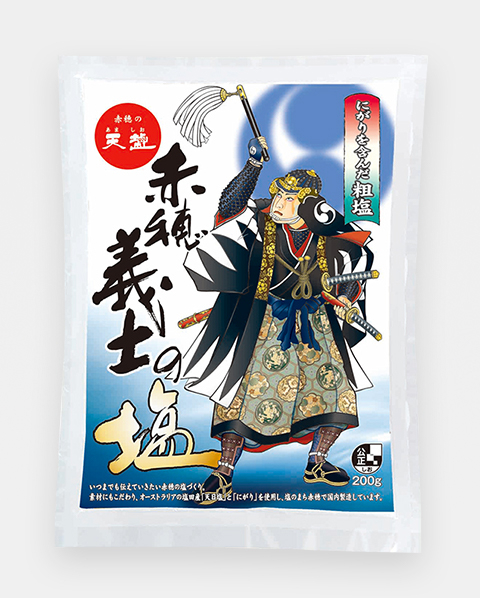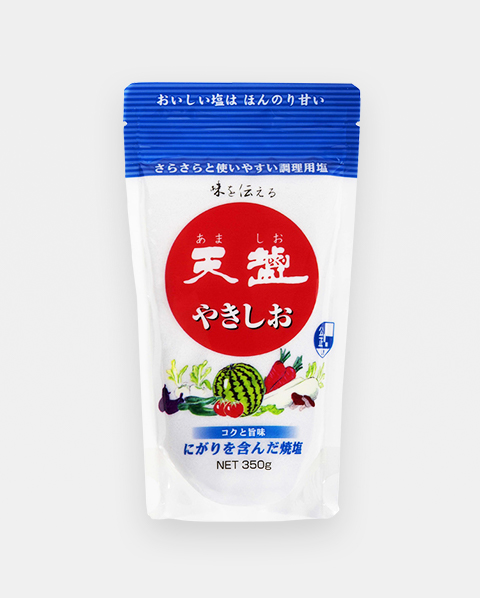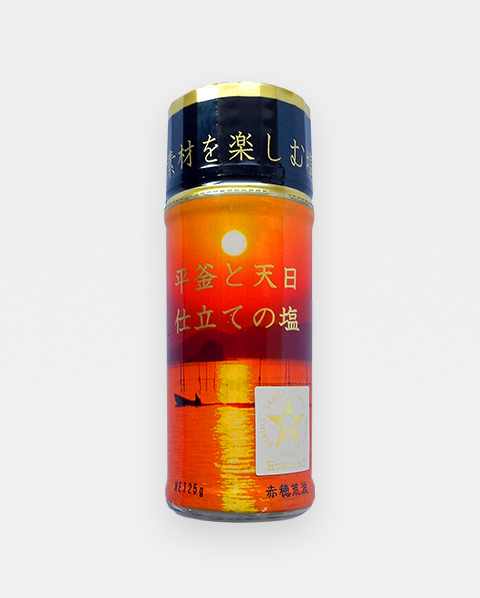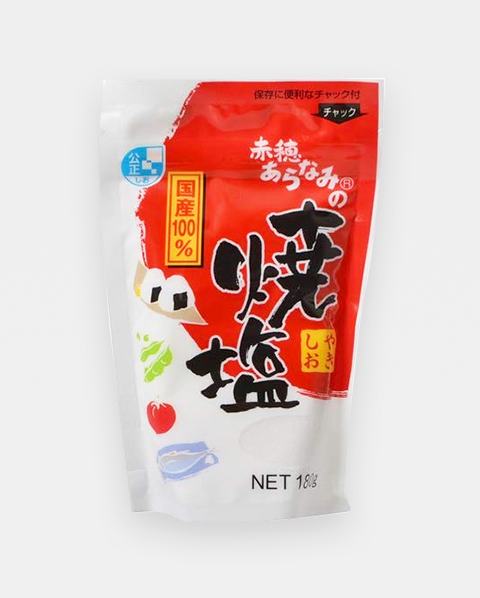

ABOUT AKO'S SALT
Salt is more than a simple mineral in Japan. It’s holy, it’s life. The country has salt traditions ingrained in many of its life rituals; from weddings and businesses to births, death and even sports—salt is everywhere. For a country with no natural salt lakes or rock salt, the sea salt-making process is a part of Japanese history. Nowhere is this more true than Ako, the pioneer region of fine salt in Japan.
Ako faces the Seto Inland Sea and is located on the southwestern tip of Hyogo Prefecture and on the prefectural border with Okayama Prefecture. The city is well-known for its beauty, historic streets, hot springs and the heroic tale of the 47 ronin. Ako has also built a strong and proud reputation from its salt production. The history of salt making dates back about 1800 years ago. The reputation of Ako's salt has grown since the 1600s. In 2019, the history of making Ako salt was designated Japan Heritage status.
The mellow and gentle taste of Ako salt entrances foodies today and the wide number of cooking applications make it a staple in Japanese homes. Food-loving visitors to the region are sure to be astounded by the wealth of flavor that is produced from Ako salt.



‘Sel de la vie’ – Experience the essence of Ako
So make time to visit Japan’s ‘salt country’, where a little spice makes life a little richer - ‘sel de la vie’!
SEE MORE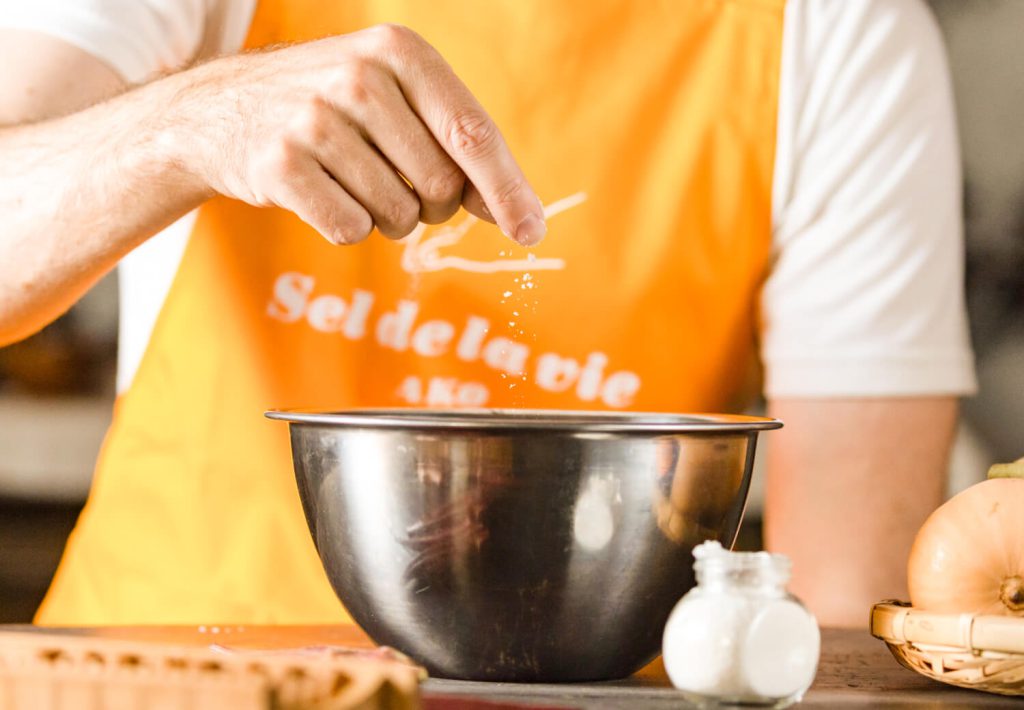
A culinary experience for food lovers on the kitchen bus.
Two chefs ride the kitchen bus across Hyogo's Ako region eager to sample the fresh produce that the area is renowned for.
SEE MORE

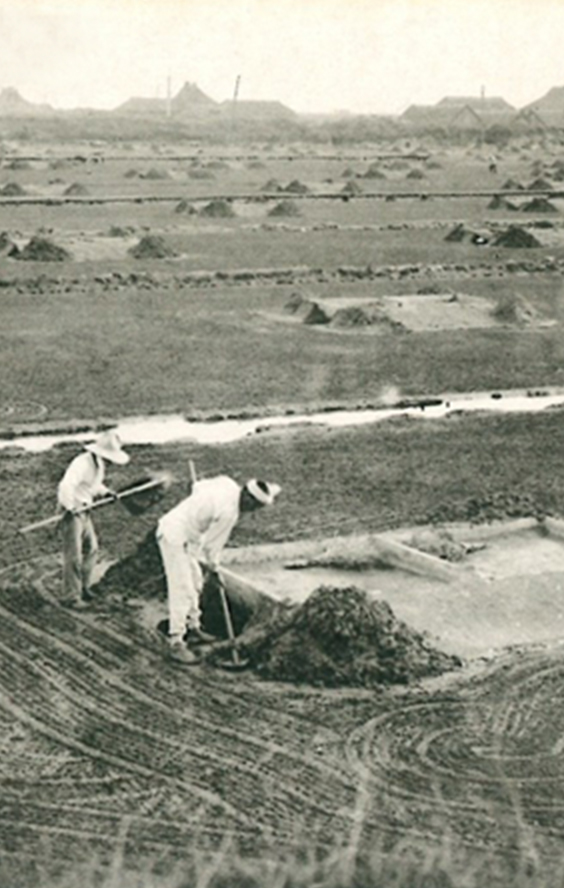

The FEATURE of
Ako’s
salt
Japan isn’t blessed with natural salt deposits, leading to salt production techniques relying on using seawater since ancient times. As Japan is an island, saltwater is relatively easy to produce given the availability of seawater. However, seawater’s salt concentration is only 3 percent – which means if you boil 1 liter of seawater, you only get about 30 grams of salt.
The history of Japan’s salt production evolved in tandem with technological innovation of how to efficiently concentrate and boil seawater. In the past, the Ako region made salt using earthenware.
Between the 8th and 9th centuries, the salt-farm method was developed. Seawater was scattered to evaporate in the sun and obtain concentrated seawater to further boil down. This method was more effective than in the pottery-salt era.

The
HISTORY
of
Ako’s salt
The Seto Inland Sea climate experiences many sunny days year-round, contributing to the salt production method at the Irihama Salt Farm. In 1645, the first lord of the Asano Ako clan began the development of a large-scale salt farm.
Irihama Salt Farm's production was an epoch-making system. It controlled seawater and enabled efficient work regardless of the tides. It became Japan's main salt production method for 300 years.
The Meiji-era government introduced a monopoly on salt to protect domestic interests. In Ako, the Salt Affairs Bureau was established in 1905, with the only original building still intact in Ako.
Although the salt production method has changed over time, Ako’s salt accounts for about 20 percent of Japan’s overall modern salt production. The history and culture have grown with the salt generated from the Seto Inland Sea. Ako is still, very much, a land of salt.
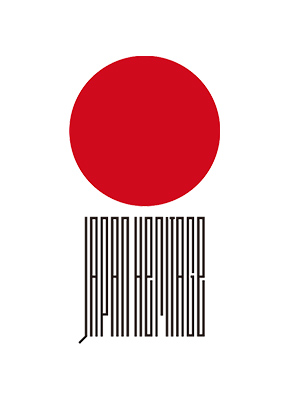
Japan Heritage
Japan Heritage sites narrate a story about Japan's culture and traditions through the historical charm and characteristics of the region. Set up in 2015, the Japan Heritage initiative helps revitalize areas and develop various tangible and intangible cultural assets that are indispensable for illuminating a narrative in a comprehensive manner, led by the region. These benefits transmit not only domestically but also overseas.
Ako, in 2019, became a certified Japan Heritage site. There are 41 salt-related historical and cultural heritages located in Ako. The Ako Castle Ruins, Ako Salt Making Equipment, Tabuchi Garden and Sakoshi Ship Festival are among the sites to see at this must-visit Japanese Heritage destination.
Products
Introducing the Ako Salt products currently on the market
Restaurants
City restaurants using Ako Salt recommended by food writers


- 01
- 02
Ako Bakery
Ako Bakery is a popular bakery that offers more than 100 kinds of breads, from hard French bread and baguettes to side dish breads, from classic rustic breads to sweet breads and cakes.
6-24 Kariyanakasu, Ako-City, Hyogo Prefecture
Google Maps


- 01
- 02
Seto Inland Sea Cooking - "Kuishin-bo"
A 50-year-old creative Japanese restaurant that uses seasonal ingredients from Ako and nearby areas. Please try the dishes passed down by two generations.
6 Kariya, Ako-City, Hyogo Prefecture
Google Maps


- 01
- 02
Ako Vegetables and Local Fish Shop - "Mei"
A vegetable-based restaurant that uses ingredients from Ako. It is a fashionable shop where you can enjoy drinking casually.
Ako Plaza Heights 101, 40-6 Kariya, Ako City, Hyogo Prefecture
Google Maps


- 01
- 02
Pizzeria Ristorante Sakuragumi
Enjoy authentic Neapolitan pizza and seafood Neapolitan cuisine using Ako salt and Italian Naples ingredients. Sakuragumi overlooks the sea of Ako is a first-class experience in dining.
2-1 Misaki, Ako-City, Hyogo Prefecture
Google Maps


- 01
- 02
Sea Station Shiosai Market
Eat as many oysters and seafood from the Seto Inland Sea as you can with Ako salt; buy souvenirs at Oomiya and enjoy them at home as well. Please enjoy Ako's seafood.
290-7 Sakoshi, Ako-City, Hyogo Prefecture
Google Maps

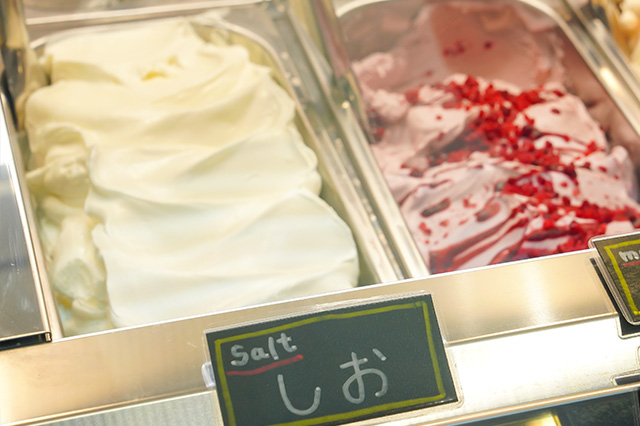
- 01
- 02
Gelate Shop TETE
A gelato shop managed by a ranch, where rich gelatois made using delicious fresh milk. Salt gelato using Ako salt is sold only in the summer; it's an exquisite balance of rich milk and a refreshing salty taste. Please try it once.
* Souvenir salt gelato can be purchased all year round.
1992 Nakahiro, Ako-City, Hyogo Prefecture
Google Maps
News
2021.03.18
Sel de la vie, or “the salt of life” – in both cooking and in life, sometimes a humble pinch of salt is all it takes to …
2020.03.25
The website of Ako City’s Salt was launched today. Using the theme of Japanese Heritage, we aim to preserve the hi…



